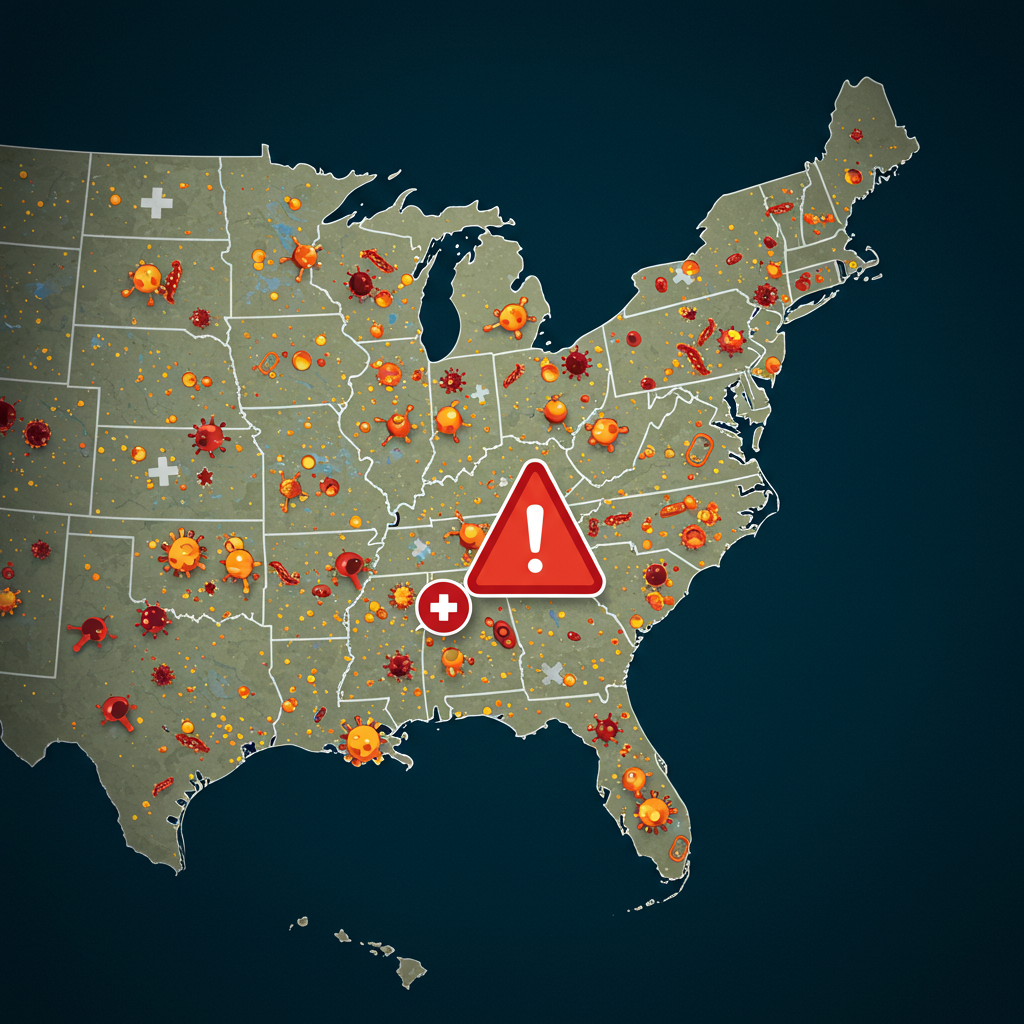US President Donald Trump has declared a trade agreement with China is “done,” following two days of intensive discussions between top officials in London. The announcement signals a potential breakthrough in easing tensions between the world’s two largest economies, though final approval from both leaders is still required.
Posting on his Truth Social platform, President Trump outlined key components of the proposed deal, contingent on formal sign-off from himself and President Xi Jinping of China.
Key Agreement Details
According to President Trump’s statement, the framework includes significant concessions from both sides designed to address long-standing trade friction:
Rare Earth Minerals: China is expected to supply “full magnets, and any necessary rare earths,” upfront. These critical minerals are essential for manufacturing high-tech goods.
Educational Access: The US will ensure Chinese students retain access to American colleges and universities, an aspect President Trump noted he has “always been good with.”
Path to the Agreement
This development comes after high-level negotiations recently concluded in London. Both the US and China stated they had agreed “in principle” on a framework designed to de-escalate ongoing trade disputes.
This framework builds upon previous discussions, including a significant phone call last week between President Trump and China’s leader Xi Jinping, which Trump characterized as a “very good talk.” Officials indicated the agreement aligns with a prior “Geneva consensus.”
A History of Trade Tensions
The path to this potential deal has been marked by escalating trade tensions over the past year. Following the US imposing sweeping tariffs, China retaliated, leading to tit-for-tat increases that saw some levies peak dramatically at 145%.
While a temporary truce was reached in May after talks in Switzerland – described by Trump as a “total reset” – both nations have since accused the other of breaching non-tariff commitments made during that period. The May agreement saw US tariffs on Chinese goods lowered to 30%, while Beijing reduced levies on US imports to 10% and committed to lifting barriers on critical mineral exports, setting a 90-day deadline for a broader trade deal.
Core Issues Addressed
The London negotiations focused on key areas of dispute that hindered previous progress:
Rare Earth Minerals: A central focus was China’s critical supply of rare earth minerals. These elements are vital for manufacturing numerous high-tech products, from smartphones and electric vehicles to advanced military equipment. The US has previously criticized China for allegedly restricting or slowing down exports of these essential materials and related magnets. US Commerce Secretary Howard Lutnick indicated the deal should resolve these restrictions.
Technology & Access: Conversely, China has voiced concerns over US restrictions on its access to sensitive American technology. This includes measures like limiting sales of computer chip design software to Chinese firms, warnings against using components from companies like Huawei, and previously, issues affecting visas for Chinese students – an issue explicitly addressed in the newly announced framework. US Trade Representative Jamieson Greer had previously accused China of failing to rollback restrictions on rare earth magnets, while Beijing cited US actions like cancelling student visas as violations.
Official Confirmation and Next Steps
Both US and Chinese officials involved in the London talks confirmed that a framework agreement has been reached.
US Commerce Secretary Howard Lutnick told reporters, “We have reached a framework to implement the Geneva consensus,” adding, “Once the presidents approve it, we will then seek to implement it.” China’s Vice Commerce Minister Li Chenggang echoed this sentiment, stating the sides reached “in principle, a framework for implementing the consensus reached by the two heads of state…”
While President Trump has announced the deal as “done,” the critical step of securing final approval from both President Xi Jinping and himself remains. The successful implementation of this framework could mark a significant turn in the recent US-China trade conflict by addressing key points of contention like rare earth minerals and technology access.



